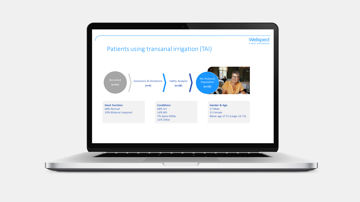Explore
Clinical evidence and webinars to provide you with in depth knowledge about bladder and bowel care.
Clinical evidence and webinars to provide you with in depth knowledge about bladder and bowel care.

Recently published studies summarized in an easy way to help you stay on top of the latest research in bladder care.
key:global.content-type: Article
This article explores strategies that can help address challenges faced by men who are in the initial stages of learning to use intermittent catheterization.

key:global.content-type: Article
This data was presented at The International Spinal Cord Society (ISCoS) conference in Antwerp October 2024.

key:global.content-type: Article
In this webinar, you will hear from Dr. Rebecca Haddad who is a physician specializing in Physical Medicine and Rehabilitation with a focus on geriatrics at Sorbonne Université in Paris, France. Her clinical, research, and teaching work is dedicated to the care of people aging with disabilities, with a particular focus on bladder aging.

key:global.content-type: Article
In this webinar you will hear from Dr. Gianluca Sampogna, a urologic surgeon working at the Spinal Unit, Niguarda Hospital, Milan, a referral center for bladder, bowel, and sexual health issues in spinal cord injured population. He is the Head of the Sexual Health Program which offers many solutions from sexual counseling to rehabilitation, from pharmacotherapy to surgery.

key:global.content-type: Article
In this webinar you will hear from Dr. Gianna Rodriguez, clinical Professor from Michigan US. She is the Director of the Spinal Cory Injury (SCI) Program in the Department of Physical Medicine and Rehabilitation (PMR) at Michigan Medicine in the US.

key:global.content-type: Article
This article explores how the aging process affects bladder and bowel function in SCI patients and discusses the need for specialized management strategies.

key:global.content-type: Article
This article summarizes the key challenges and recommendations identified in clinical practice guidelines (CPGs) governing an aging population with a spinal cord injury. It also highlights gaps and areas of improvement in existing guidelines.

key:global.content-type: Article
This study provides valuable insights into the experiences of individuals undergoing IC that optimize patient care and support.
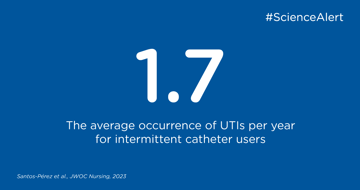
key:global.content-type: Article
In this article we sum up the key findings and recommendations of a 2023 study by Bauer et al. which explores intermittent catheterization (IC) by children and adolescent in school settings.

key:global.content-type: Publication Highlight
The traditional view of urine sterility has been challenged by the discovery of the urinary microbiome, meaning a mix of bacteria and microorganisms within the urinary tract. This unique relationship between microbes and humans is still not fully understood but has gained a lot of attention in clinical research in the last decade.
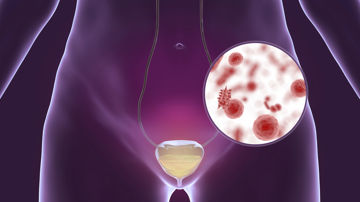
In this publication highlight you can read about the identification, assessment, and treatment of urinary incontinence and bowel control issues.
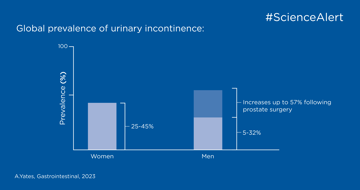
Keeping up-to-date and determining the veracity of scientific articles and clinical studies can be overwhelming, so we’ve put together a checklist to help you.

In this publication highlight you can read about how constipation impacts urogenital symptoms in women.
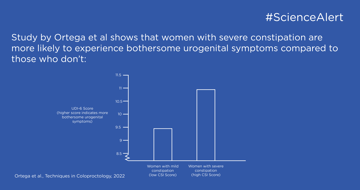
key:global.content-type: Article
In this publication highlight you will learn more about autonomic dysreflexia (AD) an how to manage an AD episode.
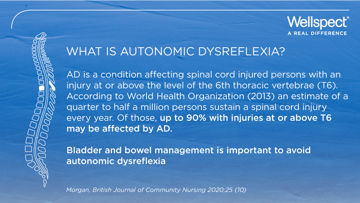
key:global.content-type: Article
Recurrent UTIs in children with neurogenic bladders constitute high risk of leading to severe kidney damage and need to be an area of attention. This study is useful in determining treatments and proactive measures for preventing recurrent UTIs.
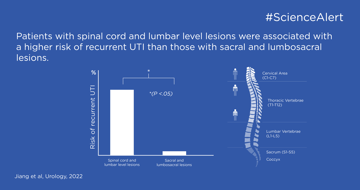
key:global.content-type: Article
At Wellspect HealthCare we take our environmental responsibility seriously. We continuously work to minimize the environmental impact related to our products.
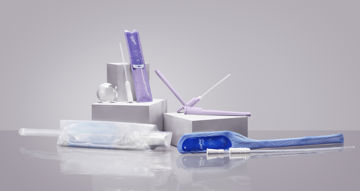
key:global.content-type: Article
With more than 30 years on the market, LoFric has been used and documented in several ways. In addition to efficiently emptying the bladder, LoFric’s versatile use includes treatment and prevention of recurrent strictures, administration of chemotherapy by bladder instillation, and resolution of rare complications.

key:global.content-type: Article
A surprisingly high number of patients reuses catheters intended for single-use every day putting them at risk for unnecessary complications. Single-use hydrophilic catheters for intermittent catheterization lower the risk for short- and long-term complications and are a convenient and preferred choice for many patients.
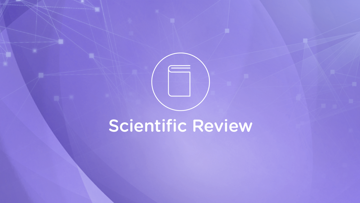
key:global.content-type: Article
Available clinical evidence supports the strategy to always consider intermittent catheterization as the first therapeutic choice, before considering the use of an indwelling catheter. Intermittent catheterization is the first therapeutic choice and is a safer bladder management method than both urethral and suprapubic indwelling catheters. Intermittent catheterization is central to reduce morbidity related to renal failure and neurogenic bladder dysfunction.

key:global.content-type: Article
One way to prevent antimicrobial resistance is by preventing common infections and limiting the overuse of antibiotics.

key:global.content-type: Article
Introduction of a no-touch catheter/technique for intermittent catheterization seems to be well accepted both by caregivers and patients and it is not necessarily associated with higher costs. On the contrary, it could potentially reduce costs, saving time and errors in the healthcare system and reduce infection complications in general. The clinical evidence level is low for using no-touch technique/catheter to reduce UTIs but current available studies suggest benefits of it.

key:global.content-type: Article
Catheter associated urinary tract infections (CAUTI) are common in the hospital setting with consequential morbidity and mortality. The risk of bacterial adhesion and invasion of the urinary tract increases with use of an indwelling catheterization and may be reduced by adopting intermittent catheterization using hydrophilic single-use catheters.
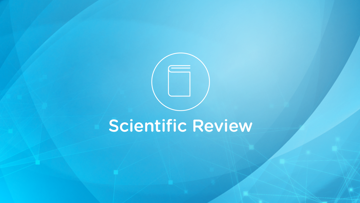
key:global.content-type: Article
Single-use, hydrophilic-coated catheters lower the risk of UTIs and have been reported as both convenient and the preferred choice for people who rely on intermittent catheterization for their bladder management.

key:global.content-type: Article
For those who cannot empty their bladder the normal way, intermittent catheterization is the therapy of choice to maintain urethral health. Complications are common but when hydrophilic single-use catheters enter the market, the risks of UTI drop significantly. Low friction seems to be key to maintaining urethral health. Today, there is only one hydrophilic catheter that is scientifically proven to reduce complications also after long-term use.

key:global.content-type: Article
Single-use hydrophilic catheters were developed in the early eighties to address long-term complications of intermittent catheterization that came about when people reused plastic catheters with add-on lubrication.

key:global.content-type: Article
Extensive studies and scientific literature support claims that use of hydrophilic catheters reduces urethral trauma and urinary tract infections (UTIs). This in turn can minimize the need for antibiotics. Because of these benefits, we now know that hydrophilic catheters are one of the most cost-effective ways to prevent long term urological complications in general and UTIs in particular.
key:global.content-type: Article
A lubricated catheter is recommended to reduce damage to the urethra and lower the risk of hematuria which is a common complication. A cross-over study comparing different hydrophilic catheters showed an even lower frequency of hematuria in patients who chose LoFric.

key:global.content-type: Article
Urine often has a high concentration of particles and a low content of water. This is referred to as high osmolality. Urine osmolality has a direct effect on catheter lubrication and plays an important role for people who use hydrophilic catheters. Catheters with a surface osmolality in balance with urine is key to reducing withdrawal friction.

key:global.content-type: Article
Patient adherence plays a key role in a successful and cost-effective catheterization treatment. A patient who feels part of the decision-making, in control of his options and able to understand how they work with his lifestyle, is more inclined to stick with his therapy and subsequently experience a good clinical outcome.

key:global.content-type: Article
A urethral stricture is an abnormal narrowing of the urethra and is often caused by trauma or inflammation. As catheterization is one cause of strictures, non-traumatic catheterization technique and catheter material are essential parts in preventing the occurrence of these complications.

key:global.content-type: Article
Bladder instillation is used for local administration of drugs into the bladder. This is used for treatment of interstitial cystitis and cancer, for example. Drugs are being delivered by catheters and a hydrophilic-coated surface such as that of the LoFric catheters reduces the risk for trauma associated with instillation therapy.

key:global.content-type: Article
A patient-centric tool to facilitate goal attainment scaling in neurogenic bladder and bowel dysfunction: path to individualization People with nervous system disorders often experience neurogenic bladder and/or bowel dysfunction. The associated symptoms can be physically, socially, and psychologically challenging in ways that are highly individualized. This heterogeneity makes it difficult to quantify change in an individual’s symptoms using standardized outcome measures. Personalized assessment tools are designed to capture the heterogeneity of an individual’s experience with various treatments and devices in different disease states.

key:global.content-type: Article
Benign prostatic hyperplasia (BPH) is a leading diagnosis among males. Approximately 100,000 men are treated with transurethral prostate (TURP) surgery each year, making it one of the most common surgical procedures in the United States and several other countries.
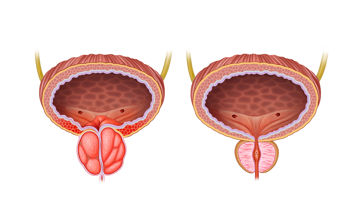
Recently published studies summarized in an easy way to help you stay on top of the latest research in bowel care.
key:global.content-type: Article
Take part of clinical evidence that speaks to the improved outcomes of using TAI in pediatric patients when coupled with an individualized approach upon initiation of TAI.

key:global.content-type: Article
Transanal irrigation's influence on gut microbiota could have a positive effect on the immune system and contribute to reduced UTIs, as per this clinical study by Futura et. al.
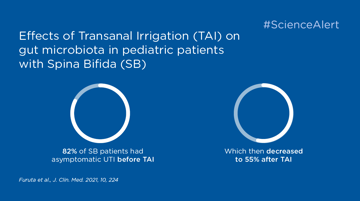
key:global.content-type: Article
A cost-effectiveness analysis of Navina Smart on adult patients affected by neurogenic bowel dysfunction.

key:global.content-type: Article
Transanal Irrigation (TAI) is known to be a successful therapy to treat LARS, and in this study, Orlandi et al explore the use of TAI as a treatment option for women with endometriosis who experience LARS-like symptoms.

key:global.content-type: Article
This publication by Falletto et al. explores the benefits of using transanal irrigation for people with FBD and LARS, pointing to significant improvements in a patient’s quality LARS scores during the study period.

key:global.content-type: Article
In this webinar, you will hear from Dr. Rebecca Haddad who is a physician specializing in Physical Medicine and Rehabilitation with a focus on geriatrics at Sorbonne Université in Paris, France. Her clinical, research, and teaching work is dedicated to the care of people aging with disabilities, with a particular focus on bladder aging.

key:global.content-type: Article
In this webinar you will hear from Dr. Gianluca Sampogna, a urologic surgeon working at the Spinal Unit, Niguarda Hospital, Milan, a referral center for bladder, bowel, and sexual health issues in spinal cord injured population. He is the Head of the Sexual Health Program which offers many solutions from sexual counseling to rehabilitation, from pharmacotherapy to surgery.

key:global.content-type: Article
In this webinar you will hear from Dr. Gianna Rodriguez, clinical Professor from Michigan US. She is the Director of the Spinal Cory Injury (SCI) Program in the Department of Physical Medicine and Rehabilitation (PMR) at Michigan Medicine in the US.

key:global.content-type: Article
This article explores how the aging process affects bladder and bowel function in SCI patients and discusses the need for specialized management strategies.

key:global.content-type: Article
Take part of clinical data on transanal irrigation as a mean to manage neurogenic bowel in the pediatric population with Spina Bifida
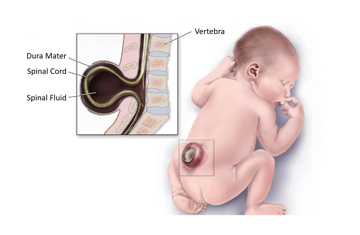
key:global.content-type: Publication Highlight
In this publication highlight you can read about how to manage bowel dysfunction in individuals with cauda equina syndrome.
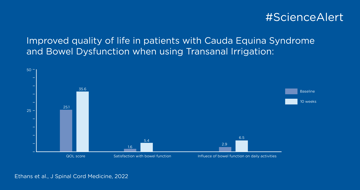
In this publication highlight you can read about the identification, assessment, and treatment of urinary incontinence and bowel control issues.

Keeping up-to-date and determining the veracity of scientific articles and clinical studies can be overwhelming, so we’ve put together a checklist to help you.

In this publication highlight you can read about how constipation impacts urogenital symptoms in women.

key:global.content-type: Article
In this publication highlight you will learn more about autonomic dysreflexia (AD) an how to manage an AD episode.

key:global.content-type: Article
In this scientific review you will learn more about incomplete emptying causes and treatment.
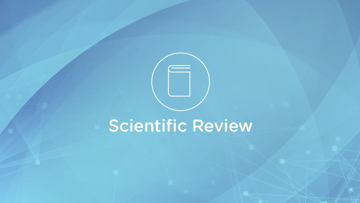
key:global.content-type: Article
In this summary you can read about what a neurogenic bowel is and goals and recommendations for treatment.
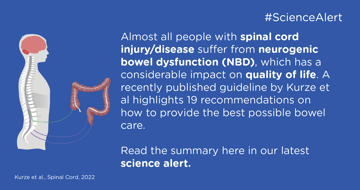
key:global.content-type: Article
In this publication highlight you can read about pediatric constipation causes, impact and management.
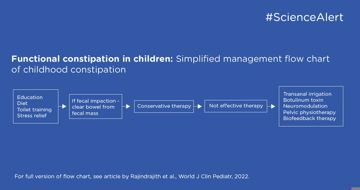
key:global.content-type: Article
This is a summary of the published article Long-term efficacy and safety of transanal irrigation in multiple sclerosis by Passananti et al. 2016

key:global.content-type: Article
Fecal incontinence (FI) means involuntary loss of rectal content such as solid and liquid stool, mucus or flatus. FI is not a diagnosis but a symptom. It is considered a stigmatizing condition, and fear of having an accident in public restricts the social and working life for those who experience it. Although there are many treatment options, their long-term efficacy is poorly investigated.

key:global.content-type: Article
Neurogenic Bowel Dysfunction (NBD) is the term used to describe dysfunction of the colon due to disrupted peristalsis, precipitating rectal distension, or colonic slowing.

key:global.content-type: Article
A Scientific Review of TAI & Pediatric Use

key:global.content-type: Article
Transanal irrigation (TAI) is a well-documented and safe bowel management therapy. Today, compliance is the major issue with TAI therapy, and may be improved through greater knowledge of which patient is best suited for TAI. Patient training and close follow up with digital support during start up may also increase compliance.
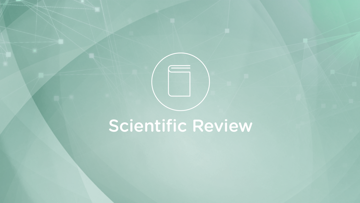
key:global.content-type: Article
Bowel dysfunction is surrounded by misconceptions and taboos that may interfere with treatment and result in self-medication that could be harmful to patient care.

key:global.content-type: Article
A patient-centric tool to facilitate goal attainment scaling in neurogenic bladder and bowel dysfunction: path to individualization People with nervous system disorders often experience neurogenic bladder and/or bowel dysfunction. The associated symptoms can be physically, socially, and psychologically challenging in ways that are highly individualized. This heterogeneity makes it difficult to quantify change in an individual’s symptoms using standardized outcome measures. Personalized assessment tools are designed to capture the heterogeneity of an individual’s experience with various treatments and devices in different disease states.

key:global.content-type: Article
In this science article a combined retrospective and cross-sectional survey study investigates chronic idiopathic constipation in children and bowel regimen with bowel irrigation, also called transanal irrigation (TAI).

key:global.content-type: Article
Study results show that Navina Smart is a safe & novel transanal irrigation system. It was well tolerated and satisfactory in patients who were unsatisfied with their existing irrigation system. The use of the electronic unit of Navina Smart was perceived as easy.
